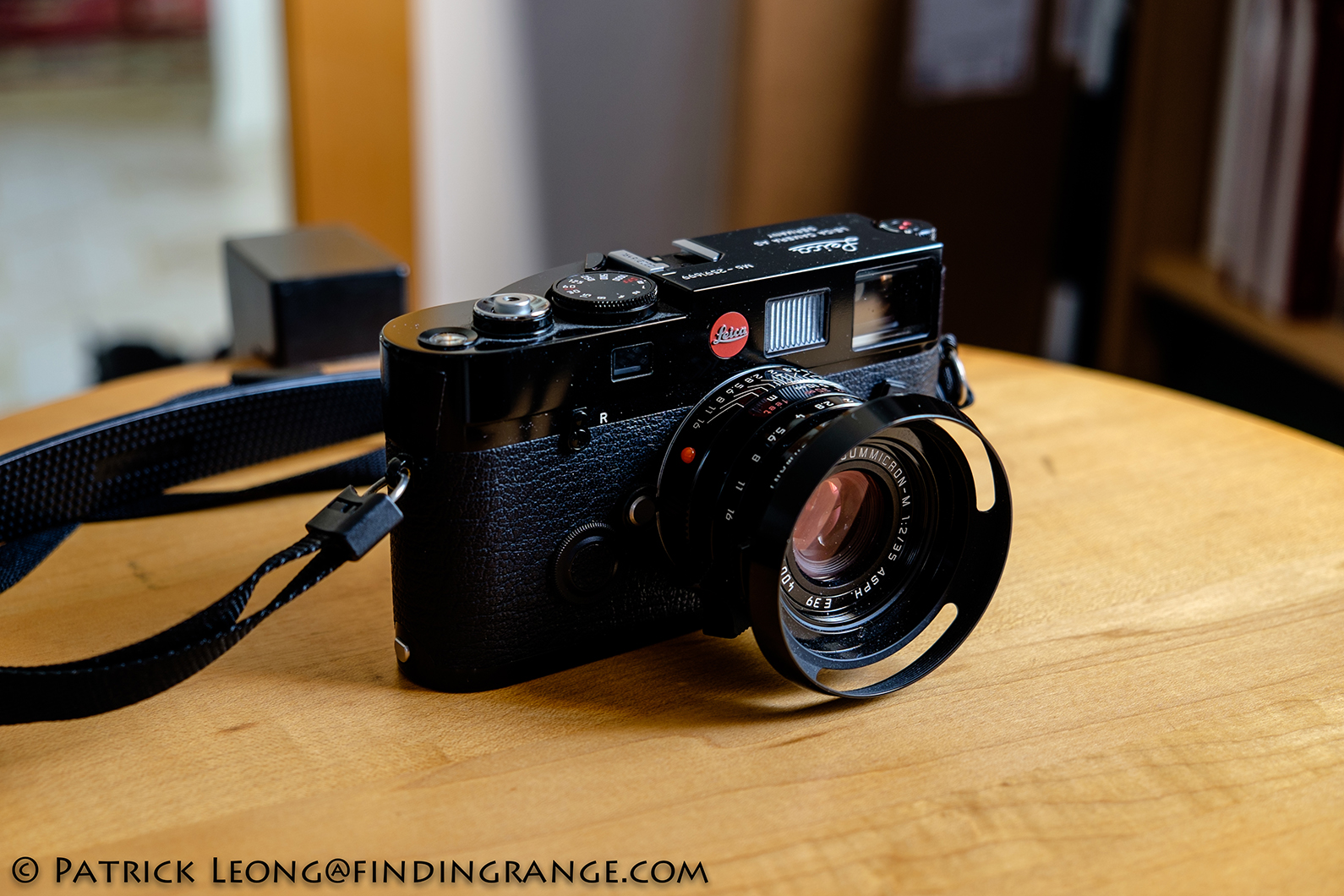

The once popular Weston Master meter used a range of 1:128 with a highlight subrange of 1:8 and a shadow subrange of 1:16. Analysing common scenes and measuring the maximum brightness differences in a scene produced the insight that on average a scene has a brightness range of 1:160 or 7.3 stops.

The film emulsions needed a minimum amount of light to become developable and there was a maximum amount of light to blacken the emulsion completely.

The emulsion makers did something comparable in the 1930s. The exposure could then be adjusted according to the preferences of the camera maker. The matrix grid of the in-camera exposure meter (from 5 to 1004 different cells) recorded a certain pattern and searched in the database to find a pattern that matched as close as possible. Quite sophisticated patterns were catalogued and put in a database. A darker area in the lower part of the picture and a brighter upper part was assumed to be a landscape. A dark center area with a bright ring around it, was assumed to be a portrait with backlight or a black dressed person in the snow, depending on the relative size of the brightness areas. The introduction of the Leica M-A that has no exposure meter, obliges the user of this camera to review the art and technique of hand-held exposure metering. The basics of exposure metering are quite simple, and modern digital cameras have effective metering systems combined with a wide dynamic range, making the goal of a properly exposed image most often a mindless exercise.What happened is this:analysts at the big camera manufacturers during the 1990s studied large amounts of pictures to get to know what pictures people take and what the typical brightness distributions are for a number of subjects.


 0 kommentar(er)
0 kommentar(er)
